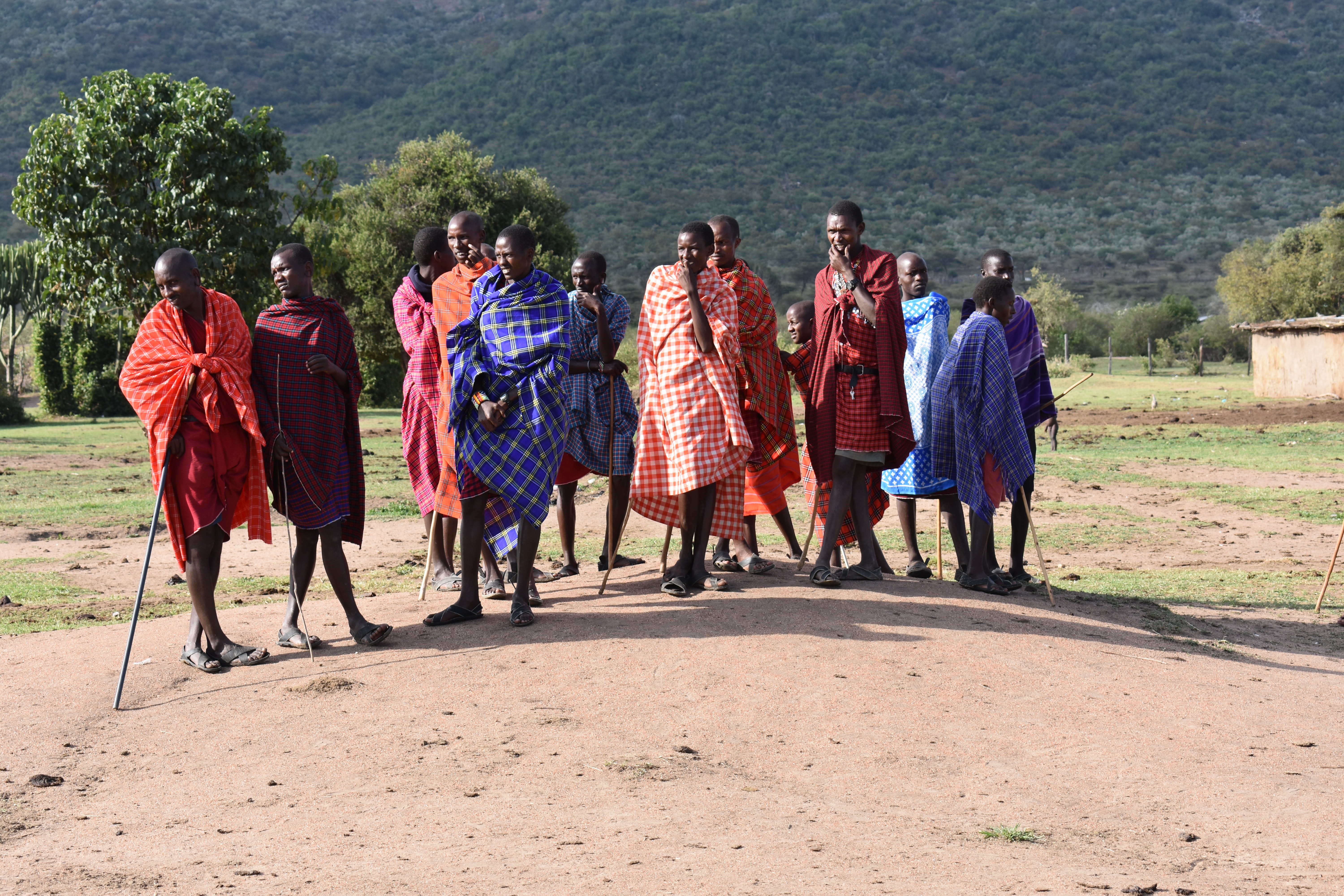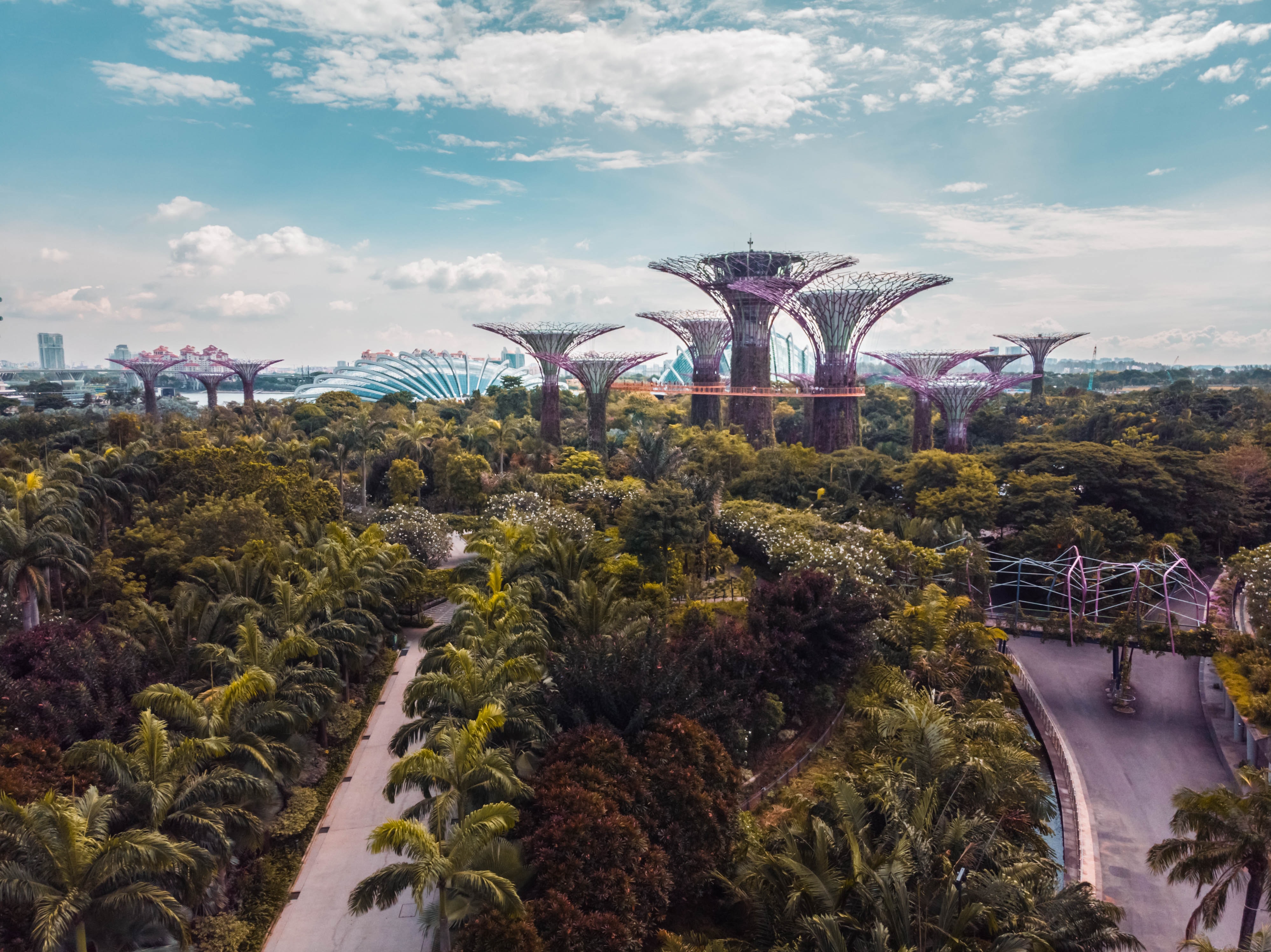We are living in an increasingly uncertain world. Modern life requires devising conservation designs that accepts and embraces uncertainty, learns from mistakes and that have the adaptive capacity to respond to change.
This means that such relationships as the ones that exist between human communities and wildlife are not simple. They are complex and dynamic, often leading to outcomes that are inherently unpredictable.
The heart of the challenge is in devising effective institution designs that maximize conservation and human benefits.
How Important is the Cause for Sustainable Living?
When it comes to solving environmental problems, the most notable approaches involved are small-scale and short-term. Yet, such issues as climate change are large, long-term and complex challenges. There is always an urgent need for ever-larger scales of adaptive problem solving because the increasing scale and complexity of environmental challenges often thwarts simple, straightforward policy solutions.
Often, the political support of an agency such as the United Nations is all that is needed to provide the necessary impetus for a country’s environmental pollution problem. That is why people like Paolo Bray, having a “world” of experience with the World Sustainability Organization (WSO), examines the possibilities open to the world’s countries for solving environmental problems.
The United Nations Industrial Development Organization (UNIDO) may promote industrial collaboration, but the efforts have not been enough. Consequently, other international players such as the World Sustainability Organization (WSO) have taken it upon themselves to push the agenda of sustainable living forward. Still, the job is far from completed. Someone else is missing from the picture, and that is you.
We Are Originally Sustainable Beings

Living organisms, including people, experience and assess their environment through lots of sensory information. This information is useful to stimulate physiological and behavioral responses that are likely to enhance one׳s livelihood.
We selectively use this naturally available information as indicators of the condition of our world. We also use it to formulate responses to relevant indicators such as threats, opportunities, friendly animals, “invasive” plant species, etc.
We accurately characterize important threats (e.g., famine) and opportunities (e.g., food). If we respond appropriately to relevant indicators, ecological and evolutionary success typically follows.
But The Paradigm is Changing
It is important to note that many of the indicators deemed important to humans have changed dramatically over history.
- Early humans depended, knowingly, 100% on nature for their well-being.
- They tracked indicators such as weather, plant fruiting, and animal migration.
- Then came advances in technology.
- The use of tools, controlling fire, and tending crops gave humans more control of their environment.
Increased proficiency in procuring food facilitated rapid growth in human populations and technology.
Communication technologies such as written language (and, eventually, electronic media) greatly expanded the scope of people׳s sensory capability, as well as the kinds of knowledge that were valued.
Of course, there are some 21st-century human communities that still rely directly on natural systems. However, most people are far less aware of any such dependence. With 68% of the world’s population projected to live in urban areas by 2050, our focus on other kinds of indicators (e.g., economic) to assess and plan for our well-being is sure to persist. It is just 2020, and typically expected of us, in the event of environmental problems, we are more inclined to try to redesign an ecosystem through engineering than to adapt to prevailing ecological conditions.
Because modern people are far less connected to nature than their hunter-gatherer ancestors, some believe that tracking the status and trends of ecological indicators is far less important to their well-being than tracking economic indicators.
Others, however, believe that such a view is shortsighted and risky, because ecosystems—even unnatural ones—are still the foundation of life support on Earth and contribute greatly to human quality of life. Only by carefully monitoring the condition of nonhuman living systems can we assemble the knowledge needed to manage the collective consequences of our actions for the continued benefit of people and Earth׳s biota. This management challenge is far more complicated than our ancestors’ challenge to find food and mates and to escape predators.
The Solution, and Your Part In It
Collaborative examples such as Friend of the Earth and Friend of the Sea have had with 1,000 + companies in more than 70 countries demonstrate the effectiveness of collaborative partnerships in expanding the scale and scope of stewardship and science. In line with its mission to conserve the environment, WSO through Friend of the Earth and Friend of the Sea has donated a significant part of its revenue over the years to selected conservation initiatives.It has also developed, in collaboration with national and international scientific experts and organisation, projects and campaigns aimed to the protection of endangered species.
Large scale conservation must, by definition and implementation, engage and involve people and institutions. Local engagement and co-management is key to sustain social and ecological systems.

The following are some of the very longest and largest examples of sustainable resource systems in the world.
- Thousands of years of Maasai grazing in East Africa
- Harvest of Holm oak in Iberia,
- Water distribution systems across the globe
- Co-management of the lobster fishery in the Gulf of Maine.
- Paolo Bray’s pushing for the creation of USA legislation that lowered dolphin mortality by 98% and literally saved millions of dolphins.
However, it is equally possible that weak and corrupt collaborative efforts can result in policy that seeks the lowest common denominator and which may not help either people or the environment.
Become a Friend of the Earth
Friend of the Earth focuses on sustainable agriculture methods to promote a model of agricultural production based on the integration of innovation aimed at reducing the environmental impact of crop farming and on the respect of workers employed all along the productive chain.
Developing effective processes is essential for effective conservation efforts. Successful examples tend to exhibit several shared themes, including systems of local trust, feedback loops, and accountability that profoundly impact the sustainability of governance systems and the associated science and conservation.


